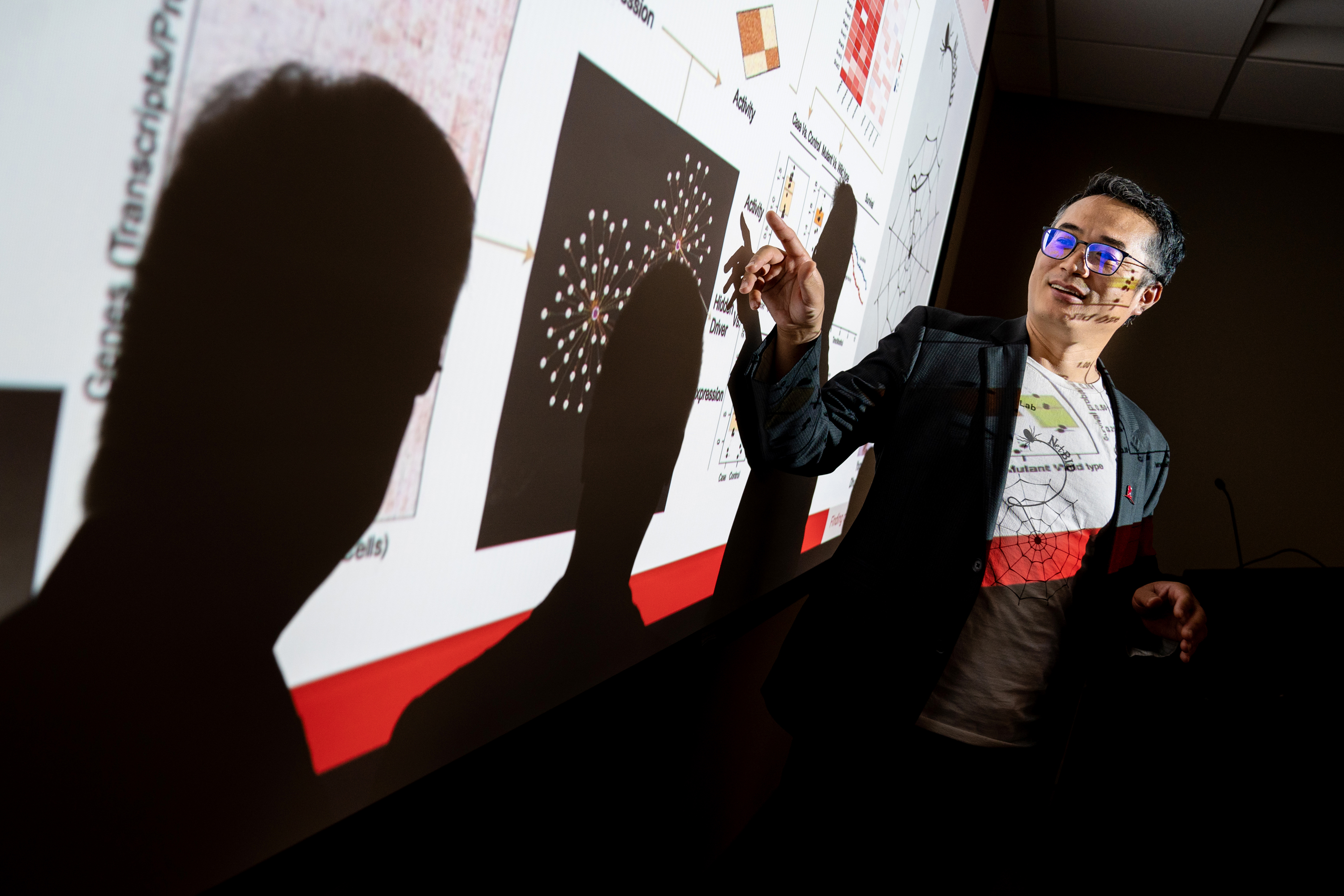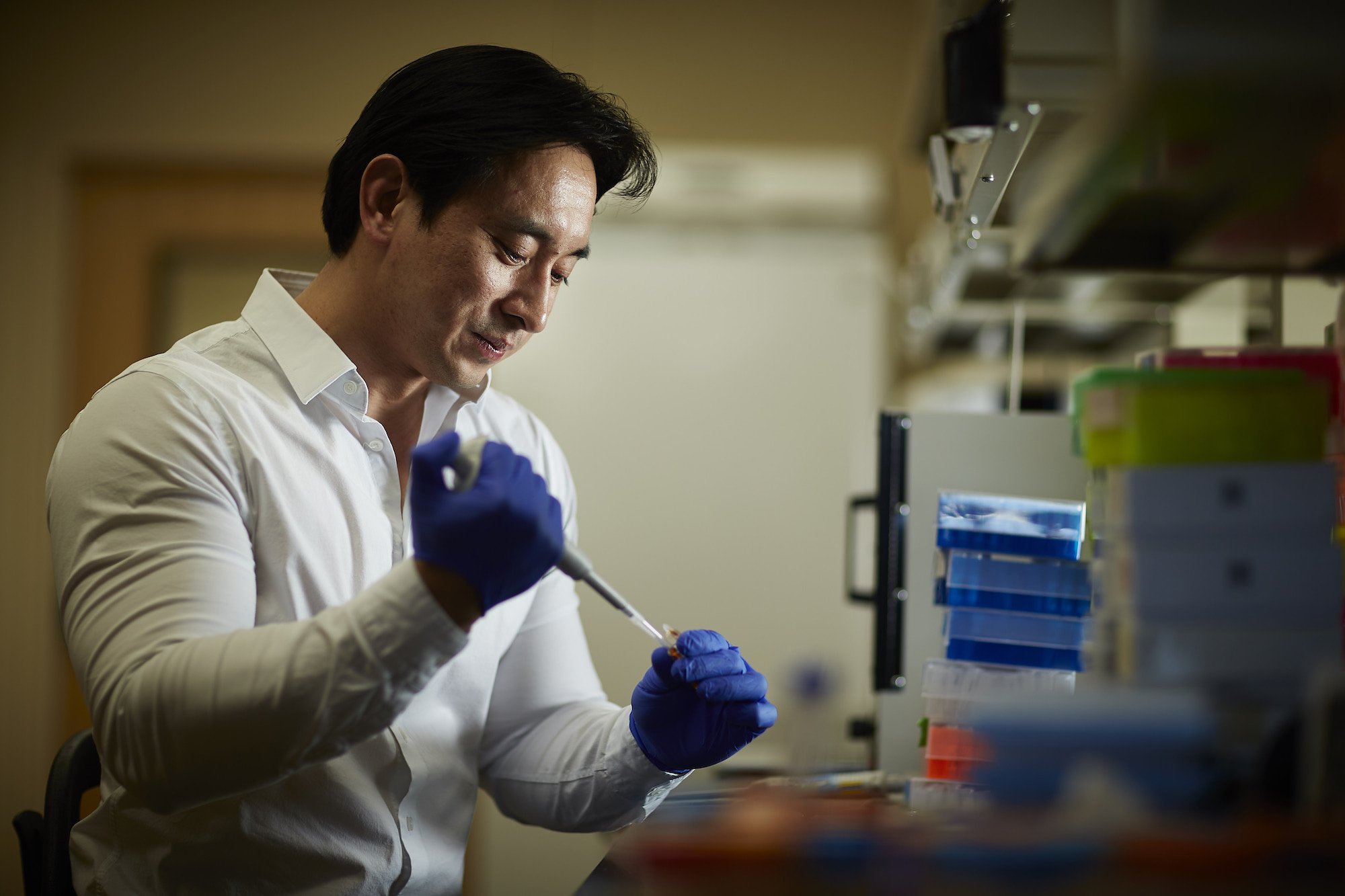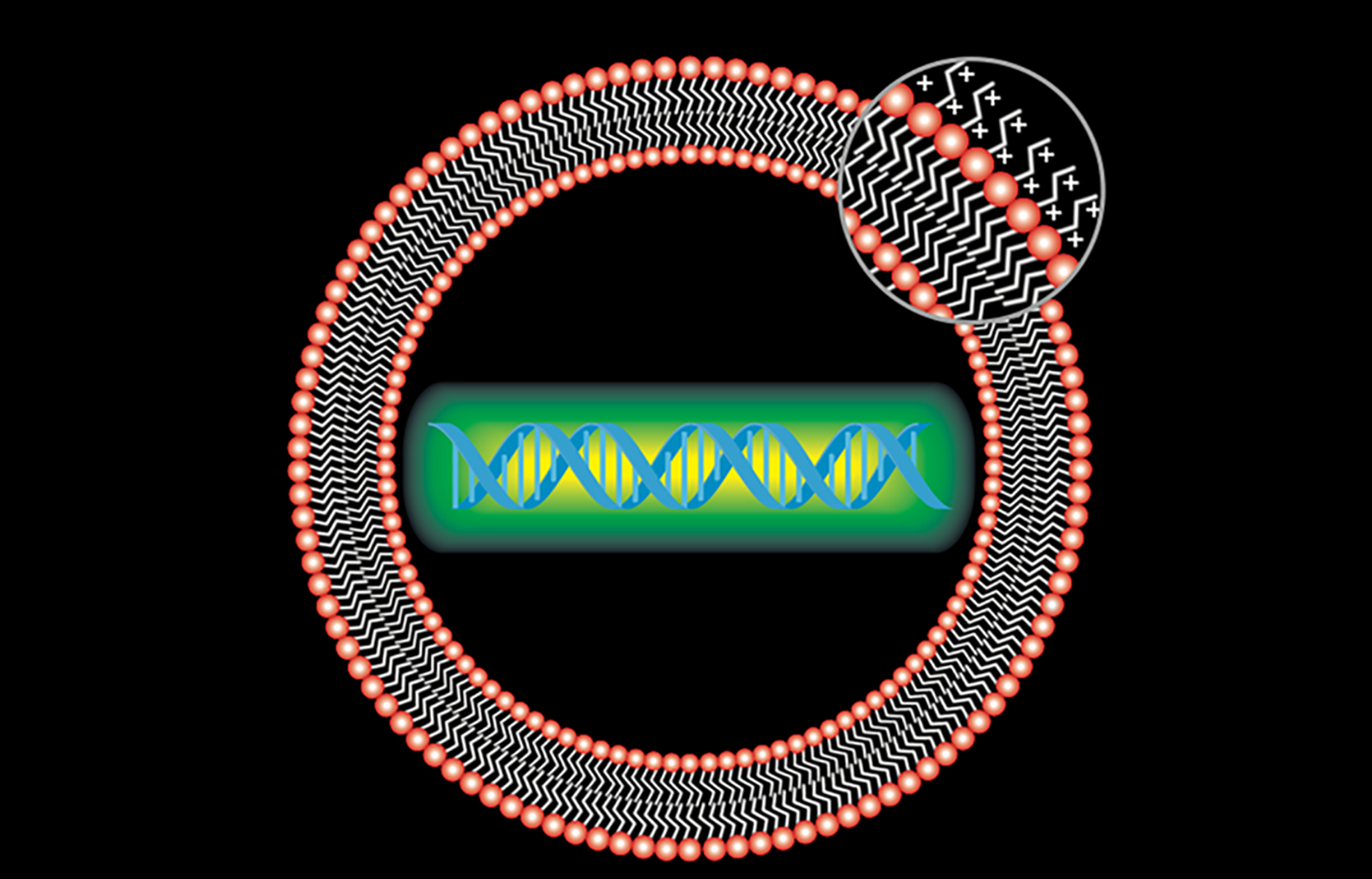Background: Hepatocellular carcinoma (HCC) continues to have a poor prognosis even in the advent of new immunotherapy regimens. An area of growing interest in HCC is its tumor immune microenvironment. Classifying the immune microenvironment based on available genomics can lead to…
Tag: RNA sequencing
Sequencing of the developing human brain uncovers hundreds of thousands of new gene transcripts
Using new sequencing technologies, UCLA and University of Pennsylvania researchers uncovered 214,516 unique isoforms in the developing neocortex — over 70% of which have not been previously studied.
Study confirms how RNA chemical modifications benefit HIV-1
A chemical modification in the HIV-1 RNA genome whose function has been a matter of scientific debate is now confirmed to be key to the virus’s ability to survive and thrive after infecting host cells, a new study has found.
CHOP Researchers Develop Versatile and Low-Cost Technology for Targeted Long-read RNA Sequencing
In a development that could accelerate the discovery of new diagnostics and treatments, researchers at Children’s Hospital of Philadelphia (CHOP) have developed a versatile and low-cost technology for targeted sequencing of full-length RNA molecules.

St. Jude tool gets more out of multi-omics data
An upgraded computational tool from St. Jude Children’s Research Hospital can find potentially druggable hidden drivers of cancer and other biological processes using multi-omics data.
RNA modification ‘pivotal’ for protein linked to neurodegeneration in ALS
Scientists know that TDP-43, which helps regulate processing of RNA, may be responsible for the death of nerve cells in ALS and frontotemporal dementia. And a study suggests that a common modification to RNA, a methylation event known as m6A, plays a pivotal role in TDP-43-related neurodegeneration in ALS. Through sequencing analysis, investigators showed that methylation strongly influences the binding of TDP-43 to its RNA targets. They also observed highly abundant RNA methylation in the end-stage tissues of patients with ALS.
Cocaine Use Disorder Alters Gene Networks of Neuroinflammation and Neurotransmission in Humans
Analysis reveals similar changes in the brain’s functioning in both humans and mouse models
Multimodal Sequencing Achieves High-Quality Results from Small Volumes of Frozen Tumor Specimens
Columbia researchers invent a multimodal sequencing technique that achieves high-quality results from small volumes of frozen tumor specimens–the ability to study cancer tissues archived in biobanks should increase the number and variety of tumor samples available for scientific analysis and advance the discovery of biomarkers and drug targets.
New tool integrates microbiome and host genetic sequencing analysis
A new software tool makes it easier to study relationships between a host, its microbiome and pathogens like HIV or SARS-CoV-2.
Single-cell RNA Sequencing IDs Cell Clusters, Genes, Pathways in Pancreas
Article title: Single-cell analyses of human pancreas: characteristics of two populations of acinar cells in chronic pancreatitis Authors: Brandon M. Blobner, Jami L. Saloman, Celeste A. Shelton Ohlsen, Randall Brand, Robert Lafyatis, Rita Bottino, Martin Wijkstrom, Amer H. Zureikat, Kenneth…
New Approach Methodologies, Single Cell RNAseq, and More Featured in 2021 Toxicological Sciences
Toxicological Sciences delivers cutting-edge research in toxicology in the areas of clinical and translational toxicology, emerging technologies, and more in the August 2021 issue.
Analysis reveals how kidney cancer develops and responds to treatment
By sequencing the RNA of individual cells within multiple benign and cancerous kidney tumors, researchers from the University of Michigan Rogel Cancer Center have identified the cells from which different subtypes originate, the pathways involved and how the tumor microenvironment impacts cancer development and response to treatment.

Testing Wastewater for COVID-19
UNLV researcher Edwin Oh and colleagues have implemented wastewater surveillance programs to screen samples for the presence of COVID-19 and to extract the RNA from the SARS-COV-2 virus to find targets that make vaccines more effective.

Unraveling the network of molecules that influence COVID-19 severity
Researchers from the Morgridge Institute for Research, the University of Wisconsin-Madison, and Albany Medical College have identified more than 200 molecular features that strongly correlate with COVID-19 severity, offering insight into potential treatment options for those with advanced disease.
Studying viral outbreaks in single cells could reveal new ways to defeat them (video)
Many viruses mutate so quickly that identifying vaccines or treatments is like trying to hit a moving target. Now, scientists report a new technique that can detect minor changes in RNA sequences. They present their results today at the American Chemical Society Fall 2020 Virtual Meeting & Expo.
Study Explores RNA Sequencing as Precision Medicine Tool
Article title: Virus-induced genetics revealed by multidimensional precision medicine transcriptional workflow applicable to COVID-19 Authors: Jeremy W. Prokop, Rama Shankar, Ruchir Gupta, Mara L. Leimanis, Derek Nedveck, Katie Uhl, Bin Chen, Nicholas L. Hartog, Jason Van Veen, Joshua S. Sisco, Olivia…

Scientists Aim Gene-Targeting Breakthrough Against COVID-19
Scientists at Berkeley Lab and Stanford have joined forces to aim a gene-targeting, antiviral agent called PAC-MAN against COVID-19.
New Tool Improves Ability to Gather Useful Genetic Information Obtained from Blood and Skin Tissues
Hoping to refine the usefulness of RNA sequencing, a team of researchers reviewed a database of RNA sequencing results in non-clinically-accessible tissues from organs like the brain and heart. This helped them identify differences between tissues that were well expressed to help identify when clinically-accessible tissues like blood and skin samples are most useful and when they are not.